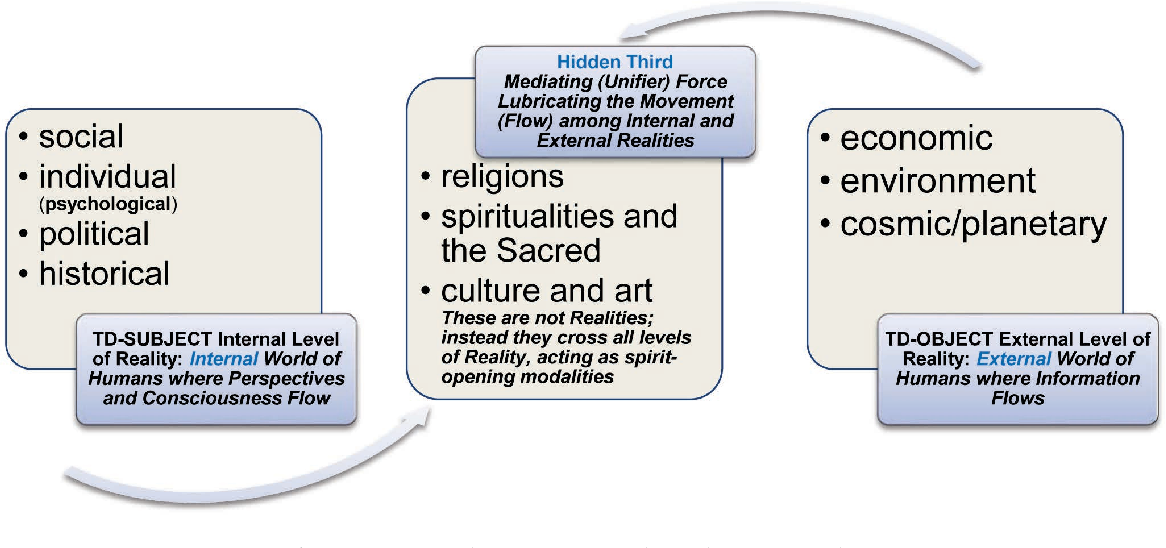Table of Contents
The Kama Sutra, a Sanskrit text from ancient India, is much more than just a collection of sexual positions. It’s a comprehensive guide to love, relationships, and the pursuit of pleasure in all its forms. While the Kama Sutra does contain explicit descriptions of sexual practices, it also tells topics like ethics, communication, and self-knowledge, all crucial aspects of a fulfilling and healthy sex life.
Origins and History:

The Kama Sutra is attributed to Vatsyayana, a scholar who lived sometime between the 4th and 6th centuries CE. It’s important to note that the surviving text we have today is likely a compilation of various traditions and practices. The Kama Sutra itself acknowledges the existence of other similar texts, indicating a rich history of Indian sexual thought and practice.
Many Dimensions of the Kama Sutra

The Kama Sutra is divided into seven parts, each covering various aspects of human life and relationships. These include:
- General Principles: Discusses the importance of love, respect, and communication in relationships.
- Acquisition of a Wife: Guides on finding a suitable partner and building a strong relationship.
- On Householders: Explores the roles and responsibilities of partners within a marriage.
- On Courtesans: Offers advice on navigating intimate relationships outside marriage.
- On Wives of Others: Discusses ethical considerations and potential consequences of extramarital affairs.
- On the Means of Achieving Success: Explores various techniques for enhancing sexual pleasure and satisfaction.
- On the Use of Spells and Aphrodisiacs: Provides information on traditional Indian practices for enhancing love and attraction.
Philosophical Underpinnings:

The Kama Sutra is deeply rooted in Indian philosophical traditions, particularly the concept of Dharma, which refers to living a life of ethical conduct and fulfilling one’s duties. The text emphasizes the importance of self-control, moderation, and respect for one’s partner. It also acknowledges the diversity of human desires and encourages exploration and experimentation within the bounds of ethical behavior.
Relevance Today:
The Kama Sutra continues to offer valuable insights into human sexuality and relationships, even centuries after its creation. Its emphasis on communication, consent, and mutual respect remains relevant in today’s world. Additionally, the text’s exploration of diverse sexual practices and techniques serves as a reminder of the vast spectrum of human experience and encourages individuals to explore their own desires and preferences.
Finding Kama Sutra Resources:

If you’re interested in learning more about the Kama Sutra, there are numerous resources available:
- Scholarly translations: Several academic translations of the Kama Sutra are available online and in libraries. These translations are often accompanied by annotations and commentary that provide context and historical background.
- Books and articles: Many books and articles have been written about the Kama Sutra, offering interpretations, insights, and applications for modern readers.
- Websites and online communities: Several websites and online communities dedicated to the Kama Sutra offer information, discussions, and resources for individuals interested in learning more.
Importance of the Kama Sutra

The Kama Sutra is a significant historical text that offers valuable insights into human sexuality, relationships, and the pursuit of pleasure. Its importance stems from a variety of factors, including:
Historical and Cultural Significance:
- Preserves ancient Indian sexual thought and practices: The Kama Sutra provides a window into how people in ancient India understood and approached sexuality. It allows us to compare and contrast their views with those of other cultures throughout history.
- Highlights the diversity of human experiences: The text acknowledges and explores the wide range of human desires and preferences, offering a more inclusive and nuanced perspective on sexuality compared to other texts of its time.
Ethical and Philosophical Framework:
- Emphasizes the importance of Dharma: The concept of Dharma, representing ethical conduct and fulfilling one’s duties, permeates the Kama Sutra. This provides a moral framework for navigating sexual relationships and encourages responsible behavior.
- Promotes self-control and moderation: The text emphasizes the importance of self-awareness and control in pursuing pleasure, discouraging impulsivity and prioritizing personal well-being.
Contemporary Relevance:
- Promotes consent and mutual respect: The Kama Sutra’s emphasis on communication and respect remains relevant today, highlighting the importance of consent in all sexual encounters.
- Challenges traditional societal norms: The text’s openness about diverse sexual practices and identities can catalyze questioning and challenging restrictive societal norms
Conclusion:
The Kama Sutra is a rich and multifaceted text that offers valuable insights into human sexuality, relationships, and the pursuit of pleasure. By understanding its historical context, philosophical underpinnings, and practical History applications, we can gain a deeper appreciation for this ancient work and its ongoing relevance in the modern world.
For More Information Please Visit These Websites Craiyon And Arturia


1 Comment
Hot Deals at Aliexpress https://s.click.aliexpress.com/e/_DldnjaJ